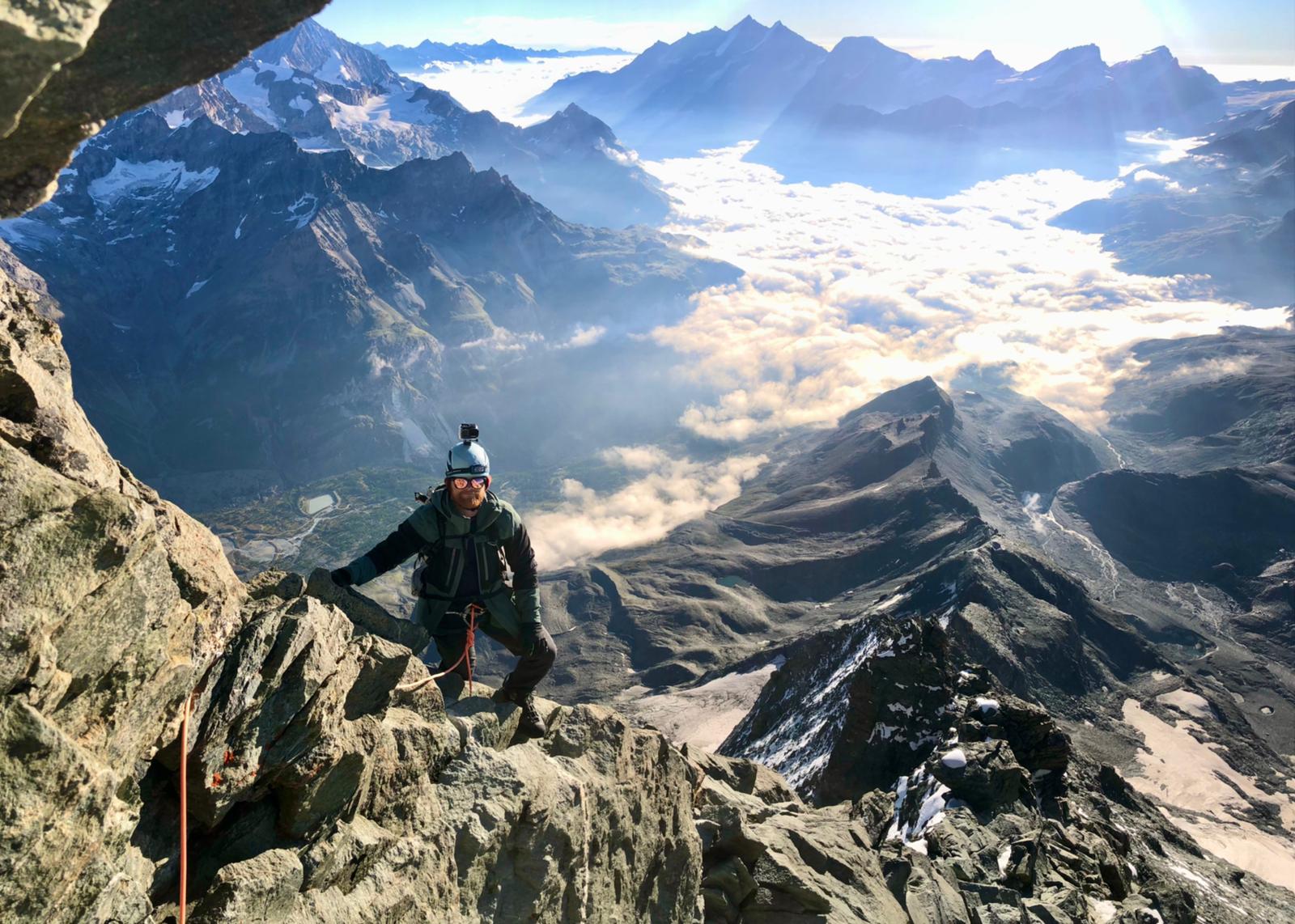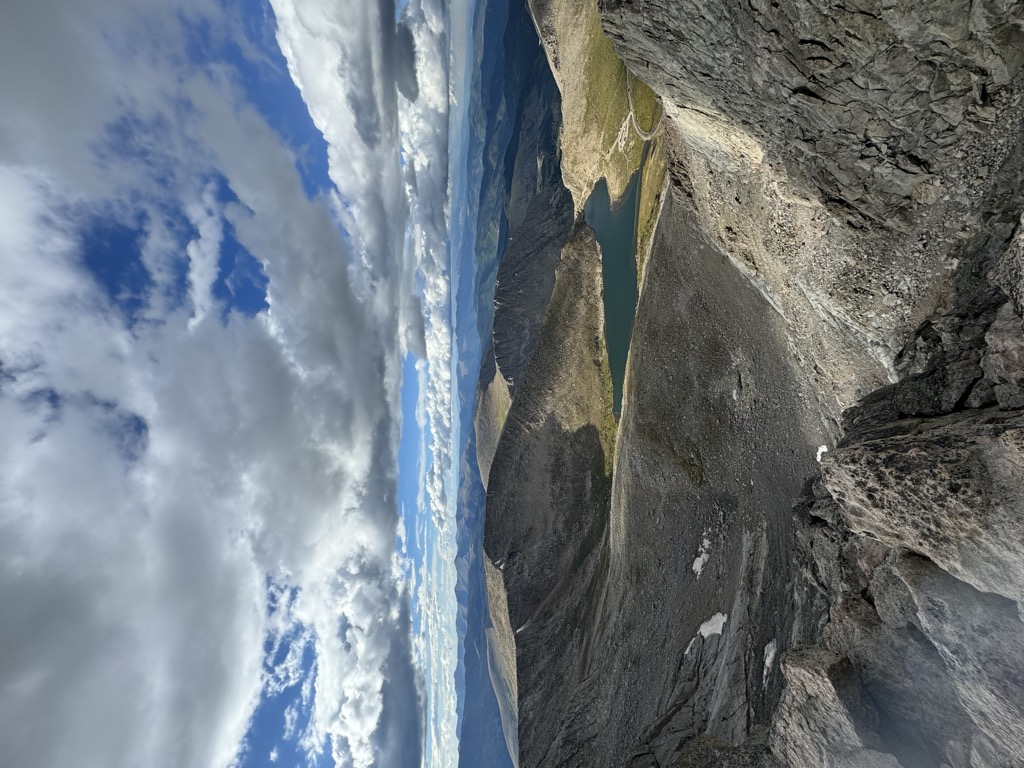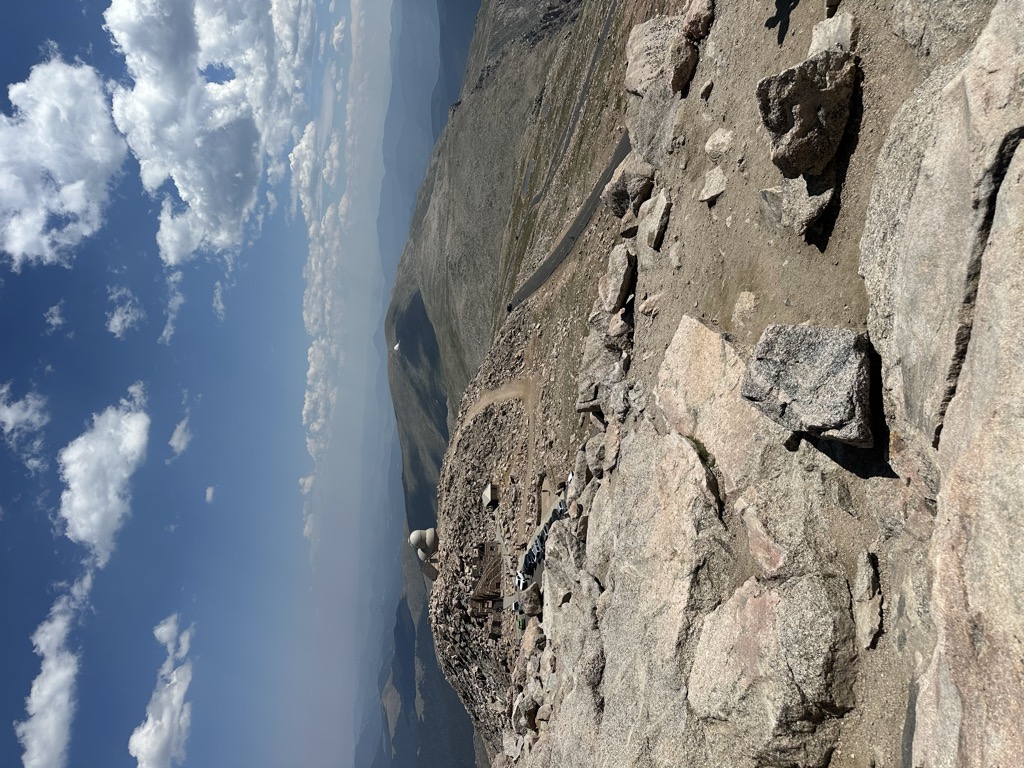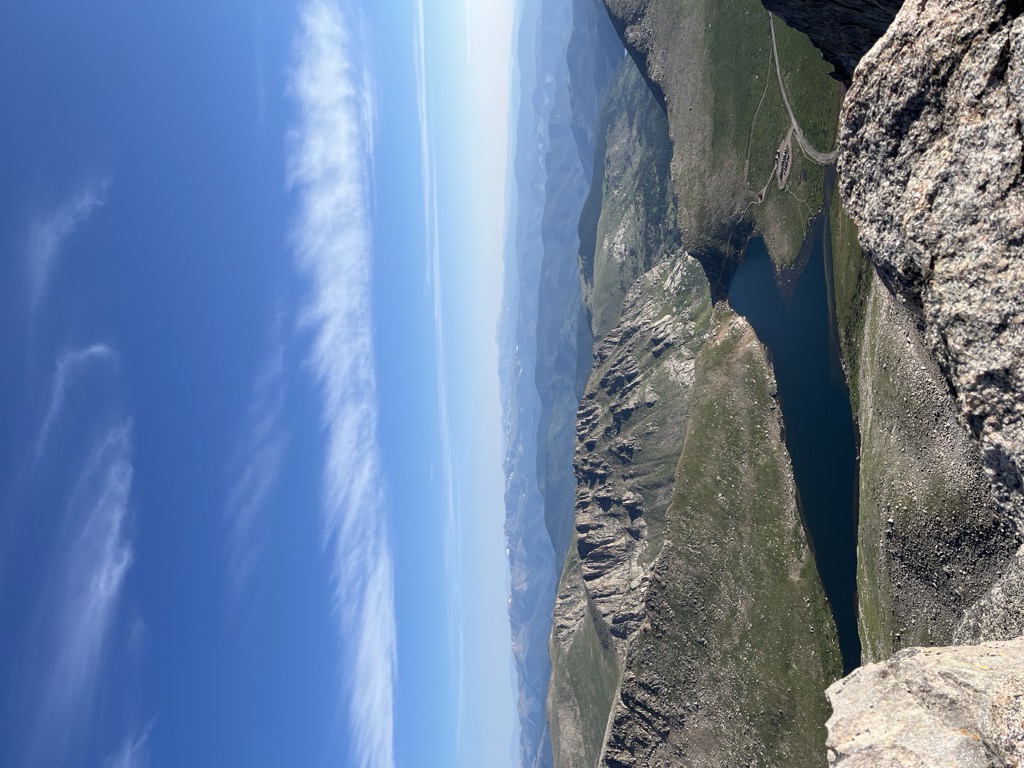Search by GPS coordinates
- Latitude
- ° ' ''
- Longitude
- ° ' ''
- Units of Length
- Temperature
- Silhouettes Color [ Shift + C ]

Yes
Cancel
Share ×

Scan the QR code and open PeakVisor on your phone
❤ Wishlist ×
Choose
Delete


Scan the QR code and open PeakVisor on your phone











.jpg)



About




